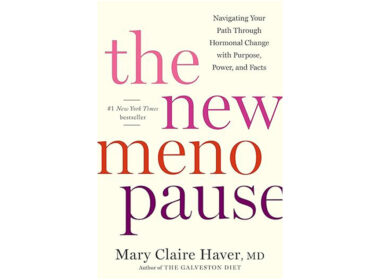One of the greatest benefits of Fertility Awareness-Based Methods of family planning is that they do help couples plan their families in the truest sense: unlike the Pill and other forms of artificial birth control, FABMs don’t just help avoid pregnancy, they can help achieve it!
By interpreting a woman’s chart, couples and their doctor can detect problems that may potentially delay conception. In fact, an entire system of infertility treatment called Natural Procreative Technology, or NaPro for short, has been developed over the last few decades to take advantage of health insights gleaned from the Creighton model of fertility awareness.
But even with the help of FABMs, infertility treatment is not for the faint of heart. If someone you care about is facing this challenge, here are four ways you can support them on their journey.
1. Don’t second guess their choices.
Natural infertility treatment is not mentioned in the media as much as high tech procedures like IVF. The stakes are lofty and you want your loved one to get the best care possible. But couples who choose a natural approach to resolving infertility have selected their doctor, and their treatment plan, with care. Success can’t be measured just by the end result of a bundle of joy, but also by the impact on the parents’ physical and mental well-being, the wise use of their resources, and meeting their ethical goals.
Not to mention, the health of the pregnancy and that longed-for newborn. Although causation hasn’t been proven, studies show a correlation between IVF and pre-eclampsia, prematurity and breastfeeding struggles, among other complications.
Needless to say, you can trust that couples undergoing infertility treatment have done their own homework.
2. Help make your workplace family-building friendly.
If one of your colleagues is a patient, recognize that the need to travel out of town to visit doctors, keep frequent medical appointments, and pay for it all can be a formidable career challenge. Give your coworker a break—when she takes time off to receive shots, ultrasounds, and painful tests, it isn’t the same as when your desk mate calls in sick for an impromptu staycation. Joining your coworker if they ask you to support their request to management for enhanced medical leave, flexible scheduling, better insurance coverage, or adoption benefits can help everyone in the workplace enjoy a better quality of life.
3. Secondary infertility isn’t second hardest.
Primary infertility is a term that applies to families who have no living children; secondary infertility refers to an inability to conceive after successfully giving birth to at least one child. Even in families with multiple children, the grief caused by a struggle to conceive is intense. Avoid dismissing that suffering with cliches about “gratitude.” Parents in some ways have a tougher path, as they have to juggle treatment with the extra demands of kid life. Perhaps the greatest way to help? Offer to babysit during doctor appointments, and don’t let the parents pay you. By the time treatment is complete, paying for extra childcare can add thousands to the overall bill for couples trying to grow their family.
4. Recognize that not every journey ends with a baby.
Success rates vary by diagnosis, but a 2008 study in Ireland showed that more than 60% of couples achieved pregnancy after a course of Naprotechnology treatment. Although this is a fantastic number, it still means that about 4 out of every 10 families reached the end of treatment without conceiving. Contrary to popular belief, aggressive procedures such as IVF don’t improve the chances: course-of-treatment pregnancy rates are nearly the same. Given the millions of people who suffer from infertility, that is a lot of hurting people, and sadly there is no way to guarantee your loved one won’t be among them.
The silver lining for couples using Fertility Awareness-Based Methods to try to conceive, though, is that they target the underlying diseases that drive most infertility. This means that even if pregnancy doesn’t occur, couples can still make meaningful improvements in their health.
Still, ending treatment without a baby is devastating. If this is the outcome, don’t try to console the inconsolable. Be willing to listen, bear witness to their grief, and accompany them as they begin a different journey to build new meaning for their lives.
3 Reproductive-Health Issues NaProTechnology Solves Better Than the Alternatives







